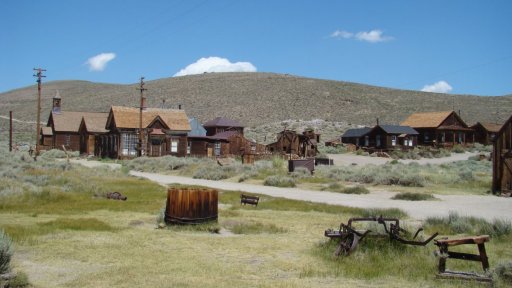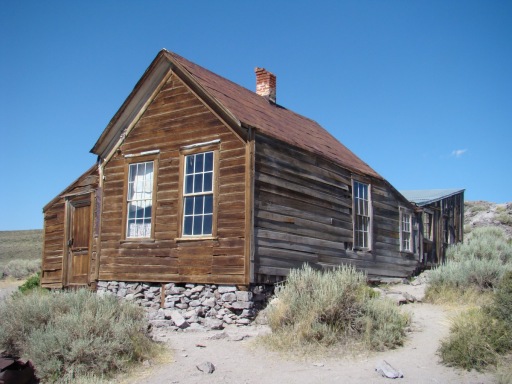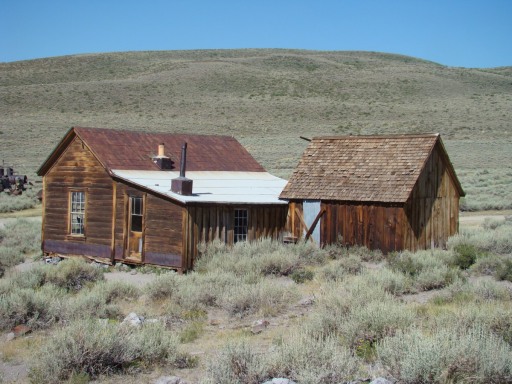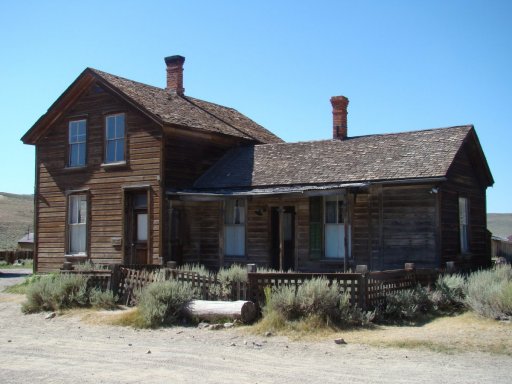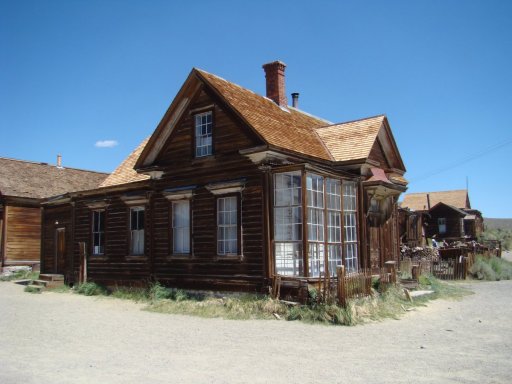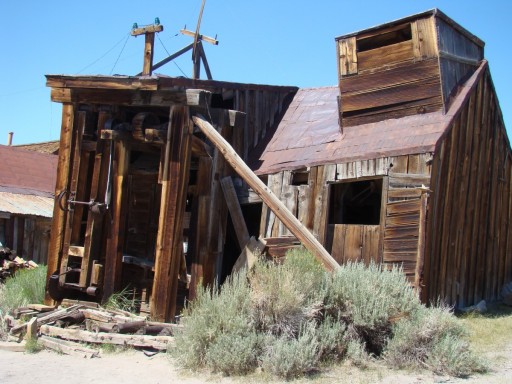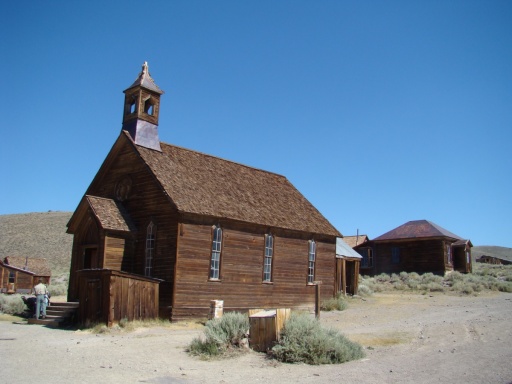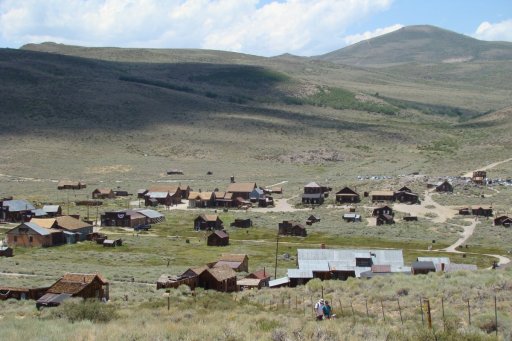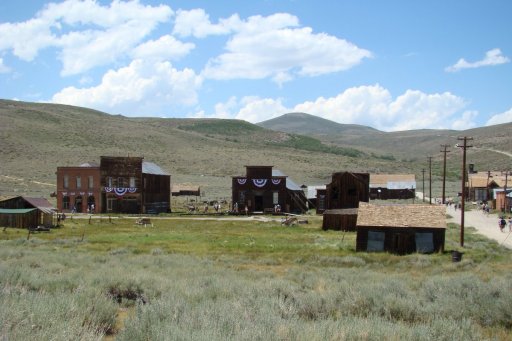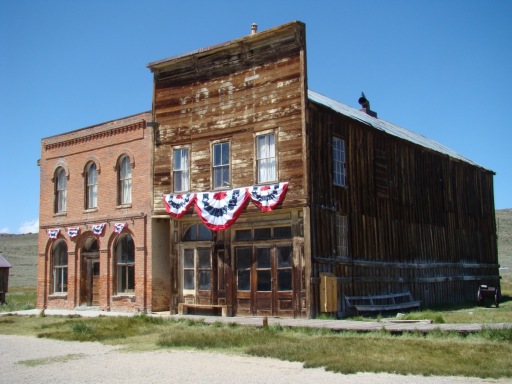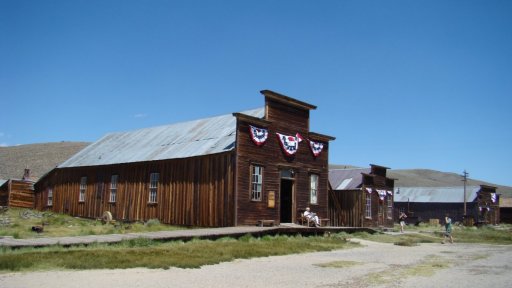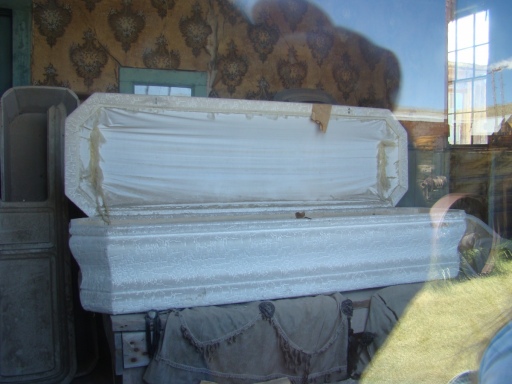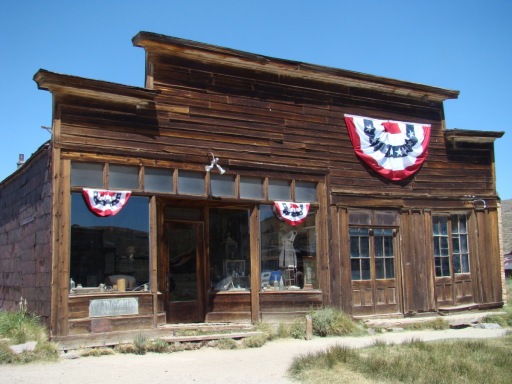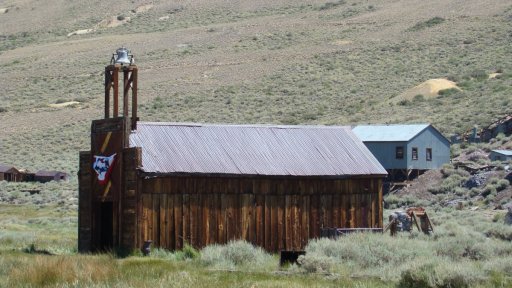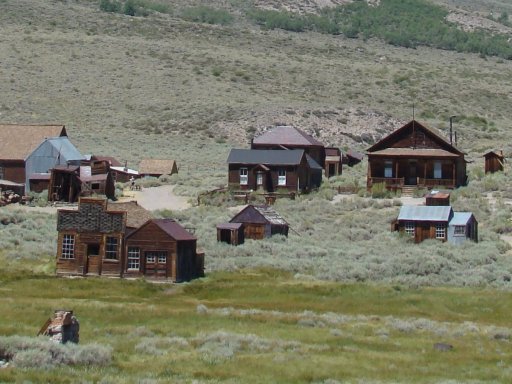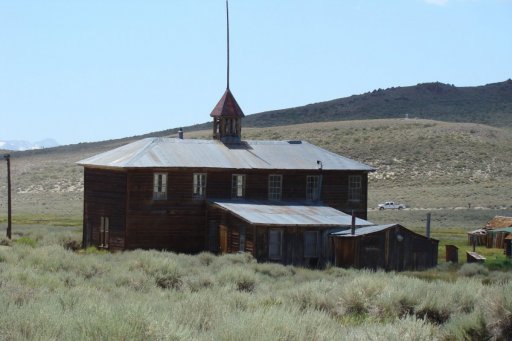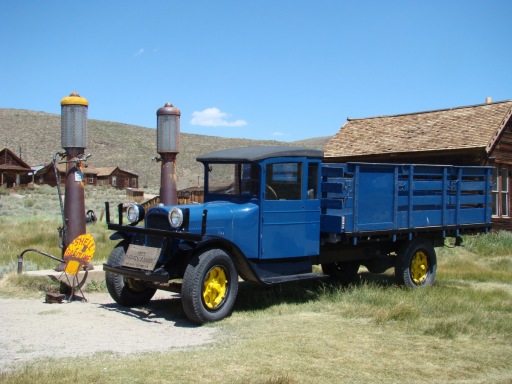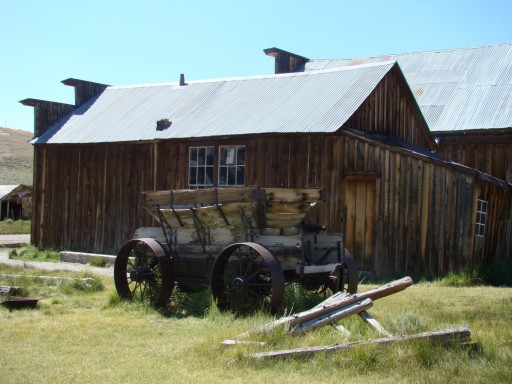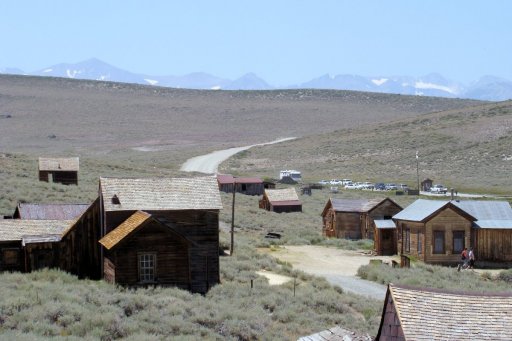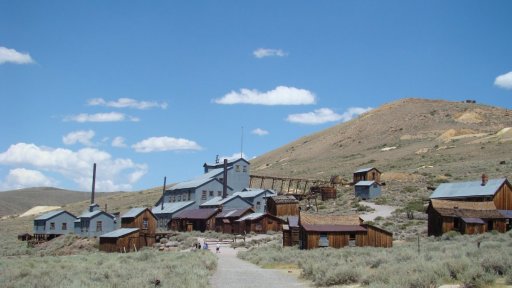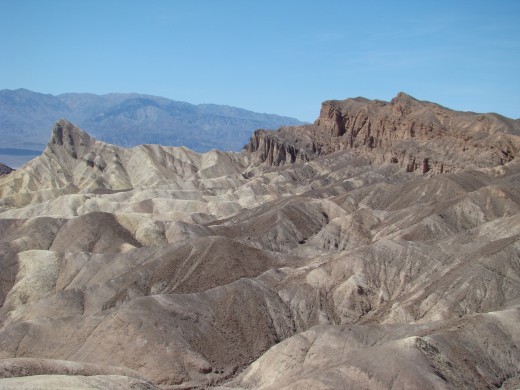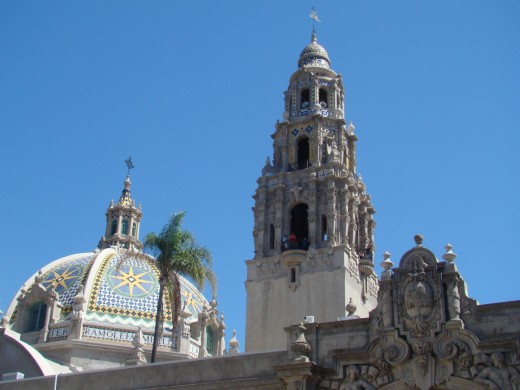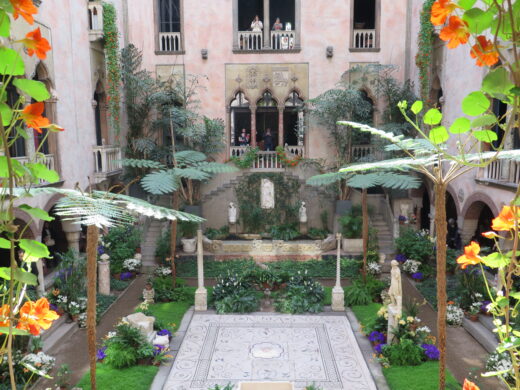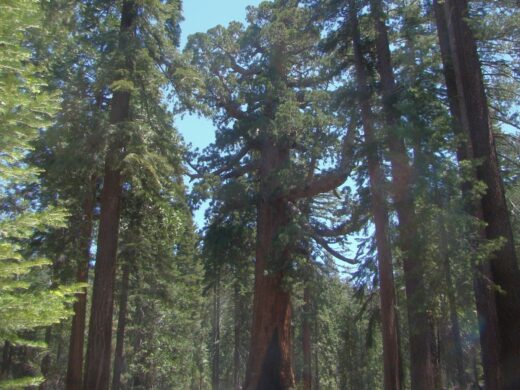Bodie Ghost Town
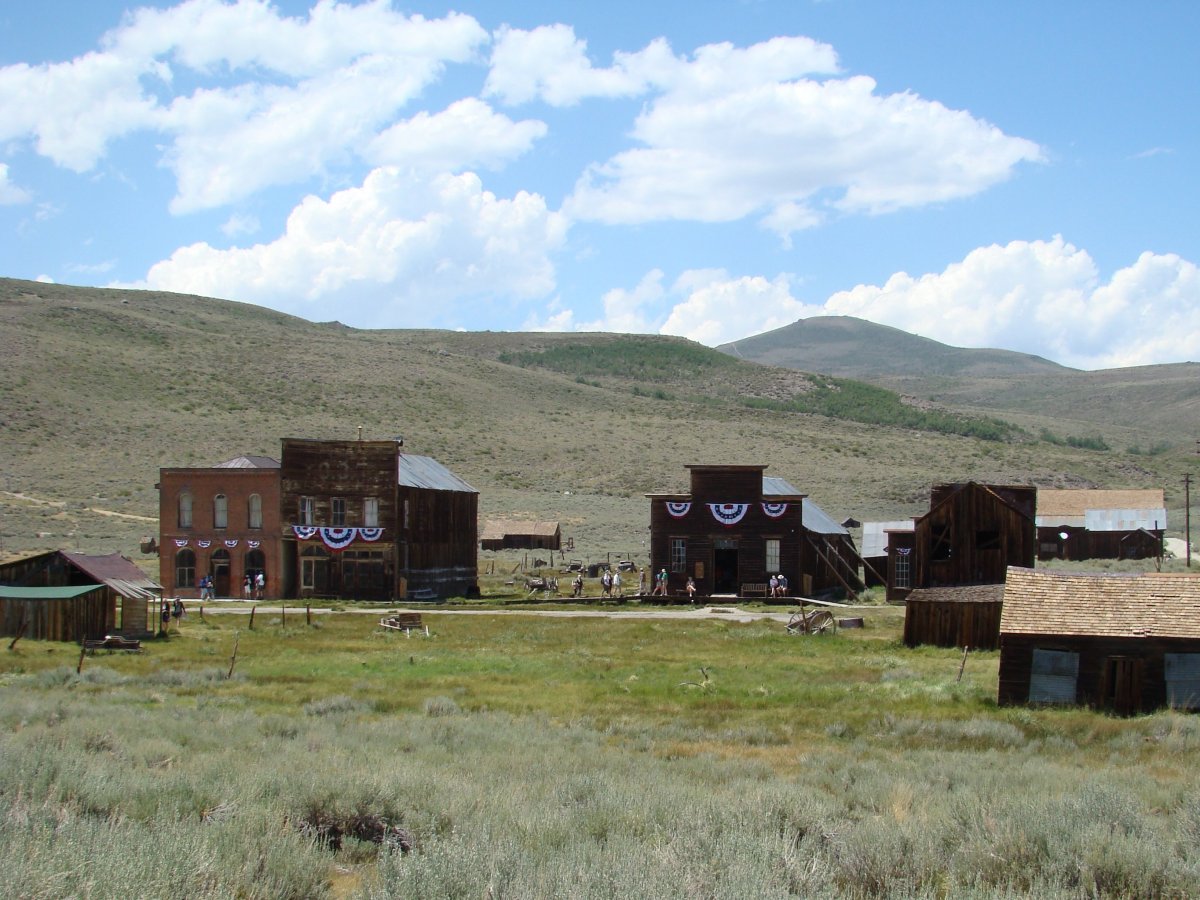
Bodie was once a thriving town with nearly 10,000 people living there. The town’s existence was based gold and other precious minerals but as these were depleted the town’s population declined. Today no one lives in Bodie but some buildings remain and perhaps some ghosts of former residents linger.
Bodie is located in east, central California not too far from Mono Lake. It is a little off the beaten path so it is best to check on road conditions if visiting when there has been rain or snow. The town was established as Bodie State Historic Park in 1962 and is designated by the U.S. Department of the Interior as a National Historic Landmark.
We visited in early August of 2009 and after arriving there set out to explore the town. The first building we came to is the house of Henry Metzger who came to Bodie in 1878 to work in the mill. Two of his seven children were born in this house.
James P. Dolan was a Mono County Sheriff who was shot and killed on Monday, July 26, 1915. The 2 men responsible for his death were tracked down and killed in a shootout. He was survived by his wife Cordelia Hays Dolan who passed away in 1943. After James was killed his brother Bert Dolan became a Mono County Sheriff and served for 20 years. This is the Dolan house.
This house was built in 1873 and David Victor Cain lived here after he married Ella M. Cody in 1904.
David Victor Cain’s father James Stuart Cain had this residence. James moved to Bodie when he was 25 and eventually built an empire here. Since the town is above tree-line all of the wood had to brought in from other locations. He transported wood needed for the town and mines.
This is a small sawmill used for cutting lumber. Of the approximately 2000 structures Bodie once had only around 110 are still standing. These are preserved in a state of arrested decay which means the State maintains the buildings just as they were found when the State took over the town and does not do any restoring of the the buildings. The saw mill has seen better days.
The Methodist Church was built in 1882 and was one of the two churches in town. The last church service was conducted in 1932. Between 1930 and 1940 the town’s population went from 228 to 90.
Bodie began as a mining camp following the discovery of gold in 1859 by some prospectors including W. S. Bodey who died the following November while making a supply trip. The town was named for him. Bodie did not not start is hugh growth until during 1878 when a profitable deposit of gold-bearing ore was discovered. The population peaked shortly thereafter and by 1890 had declined to 779.
From the once vibrant downtown some buildings remain.
The brick faced building is the Dechambeau Hotel and the other is the I.O.O.F. (Independent Order of Odd Fellows) building. The I.O.O.F. hall was was used to hold meetings and later became a health club where members could exercise. Later the Hotel had the Bodie Cafe which was one of the last businesses in Bodie.
The building on the left is the Miners’ Union Hall. Besides being the meeting place for labor unions it also served as an entertainment center that hosted dances, concerts, plays, and school recitals. Before the churches were built services were held there. Today it serves as a museum. The building next to it is the morgue.
The rough life the prospectors lead probably created a steady need for coffins.
This store and warehouse was built in 1879 and was owned by Harvey Boone. He also owned some other buildings and ran the businesses in them.
The Bodie fire station was topped with a bronze bell. There were two large fires in Bodie’s history, the first was in 1892 that wiped out a significant portion of the town and the second in 1932 which destroyed a substantial number of the buildings remaining at that time.
More of the town. In the lower left are Sam Leon Bar and Barber Shop buildings. In later years the bar building housed the Hise Restaurant. The house above, center was occupied by Charlie Donnelly who was a butcher. Later E. W. Billeb lived there. He was superintendent and manager of the old Bodie and Benton Railroad. His wife, Dolly, was daughter of James S. and Martha Cain. At one time the garden in front of his house was the only green spot in town. The house to the right is named for August and Theresa Seiler who lived in Bodie from 1879 to the early 1900s. August owned several saloons in town.
This was originally the Bon Ton Lodging House in 1879, but was later converted to the schoolhouse after the first schoolhouse burned down. This school remained in session until it’s doors were closed in 1943.
A 1927 Dodge Graham truck parked by gas pumps even though the gas station is no longer there.
An old metal wheeled wagon parked with no where to go.
During our visit we were able to see the tops of the Sierra Nevada Mountains to the west.
Bodie lived and died on the gold found nearby but since this post has gone on long enough this story is in the post Bodie Gold Mines and Mill.
More Information:
California Department of Parks and Recreation Bodie information
